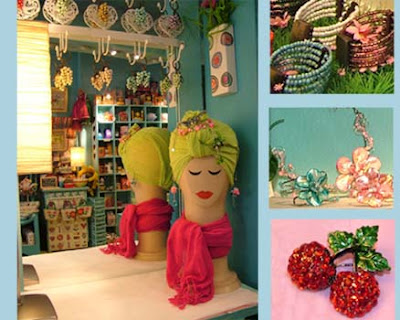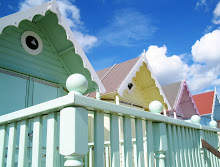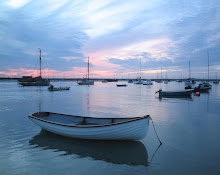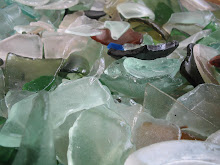The brightly coloured autumn leaves in Princes Street gardens were blowing in every direction, and landing in great sodden heaps and drifts. It was all a far cry from the crisp, bright, sunshine which made my last visit such a joy.
 Still, I had at least arrived in the beautiful city as planned, so I decided to eschew public transport and walk south-westwards through the rain (which, in fact, soon cleared up), across a corner of The Meadows to Bruntsfield Place. My intended destination (of which more in a subsequent post) lay at the far end of this fascinating street, which gave me plenty of opportunity to explore any number of interesting little shops - my favourite of which was the charming Halibut & Herring.
Still, I had at least arrived in the beautiful city as planned, so I decided to eschew public transport and walk south-westwards through the rain (which, in fact, soon cleared up), across a corner of The Meadows to Bruntsfield Place. My intended destination (of which more in a subsequent post) lay at the far end of this fascinating street, which gave me plenty of opportunity to explore any number of interesting little shops - my favourite of which was the charming Halibut & Herring. One of the most visually appealing emporia I've encountered anywhere, Halibut & Herring is full of good and unusual things - jewellery, homeware, smelly bath stuff, scarves and bags, toys, cards and more besides. I bought a few little treats for my girls and some other presents (not shown below) to keep for birthdays and the festive season. All very reasonably priced, and all utterly scrumptious.
One of the most visually appealing emporia I've encountered anywhere, Halibut & Herring is full of good and unusual things - jewellery, homeware, smelly bath stuff, scarves and bags, toys, cards and more besides. I bought a few little treats for my girls and some other presents (not shown below) to keep for birthdays and the festive season. All very reasonably priced, and all utterly scrumptious.
Wendy Beaumont, who owns the shop, was delightfully friendly and helpful, and it was rather difficult to tear myself away. Indeed, had I not been mindful of the fact that anything I purchased would have to be lugged home on the train via London in the rush hour, I should certainly have stayed longer and ticked more items off my Christmas gift list.





















































































